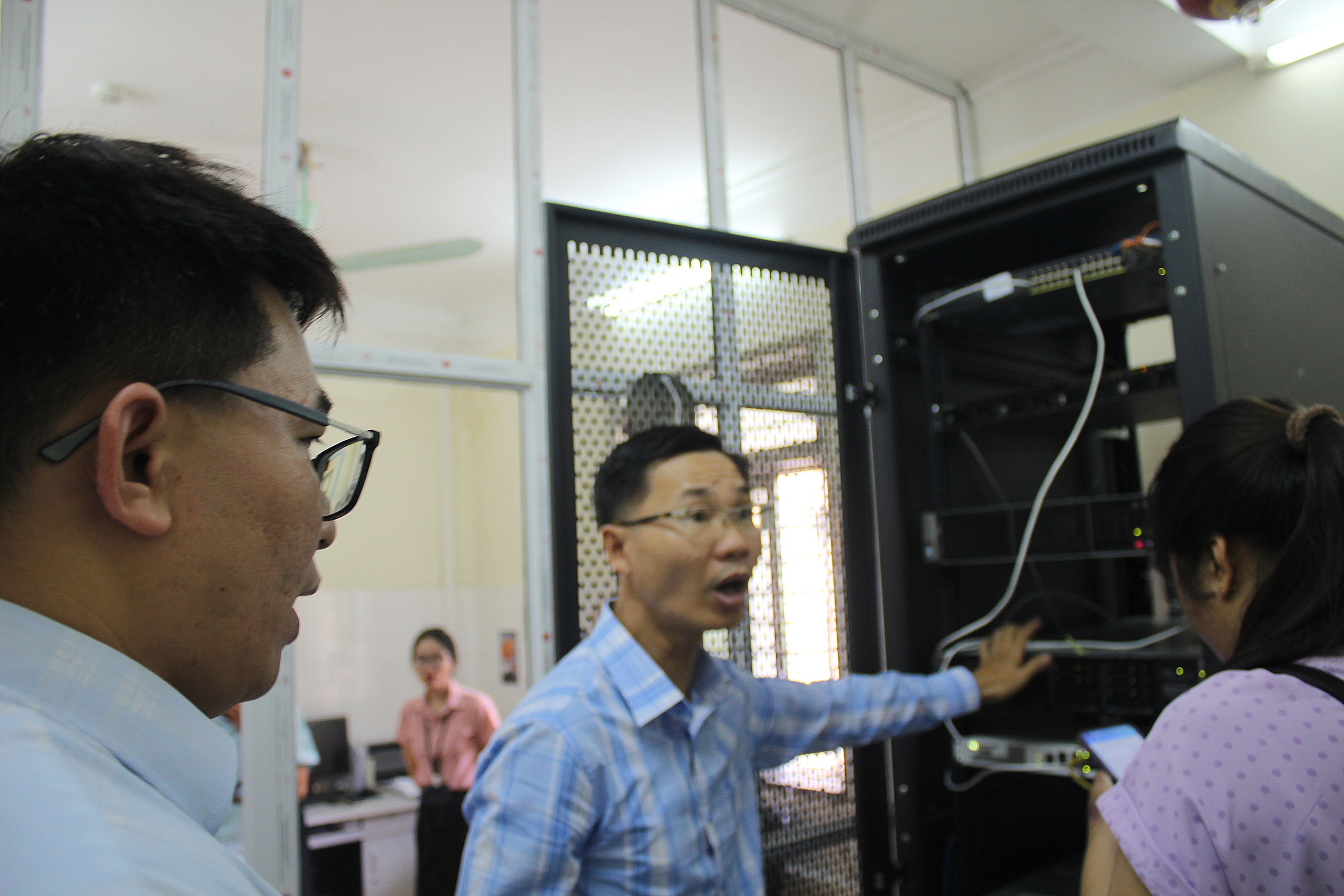Thanh An Medical Center in Dien Bien province became one of the first 200 medical facilities in Vietnam to implement EHRs, launching its system on July 9. As a pilot site for the province, the center's adoption is part of a nationwide push towards digitalization. Following a training and trial period starting May 15, the center implemented a comprehensive system, including digital signatures on the EHIS software, DICOM technology for material management, and digitalization of all medical records, signatures, and archiving procedures in accordance with Ministry of Health standards.
Initial results show a significant improvement with 99% record accuracy and a 40% reduction in record creation time. Between May 1 and June 9, the center created nearly 1,600 EHRs. The Thanh An model will be evaluated before wider implementation.
However, this transition requires substantial funding, posing a hurdle for many facilities. "The cost of EHR conversion is mainly borne by the individual units, and resources for this digitalization are limited," said Bui Thanh Hai, director of Thanh An Medical Center. The estimated cost for the center to digitalize and utilize EHRs is around 5 billion VND, covering infrastructure, equipment, network upgrades, servers, and data security, along with ongoing maintenance. These costs are currently not factored into patient fees.
Vietnam has over 1,800 public and private hospitals. As of the end of June, only a little over 200 had transitioned to EHRs. The Ministry of Health has mandated that all hospitals eliminate paper records and fully implement EHRs by September 30. Other healthcare facilities providing inpatient, day treatment, and outpatient services have until December 31, 2026, to complete the transition.
 |
Medical staff examine the electronic health record system at Thanh An Medical Center, Dien Bien. Photo provided by the hospital |
Medical staff examine the electronic health record system at Thanh An Medical Center, Dien Bien. Photo provided by the hospital
EHRs offer numerous benefits for both patients and healthcare professionals. They eliminate the need for patients to handle stacks of paperwork, reduce errors associated with manual record-keeping, and provide quick and complete access to patient history, enabling doctors to make accurate and timely diagnoses and treatment plans.
Despite the advantages, the transition to EHRs has been slow. Professor Tran Quy Tuong, president of the Vietnam Association of Medical Informatics, highlighted financial constraints as a major obstacle. Clear guidelines on funding for health IT activities are lacking, and these costs are not yet included in healthcare service fees.
On average, a provincial hospital requires an investment of over 10 billion VND for an EHR system, with larger hospitals in Hanoi like Bach Mai and Viet Duc needing significantly more. The absence of policy frameworks, particularly regarding financing for digital transformation, and the exclusion of IT costs from patient fees create a bottleneck for hospitals. Data security and safety requirements also present a significant challenge.
In response, the Ministry of Health has directed relevant agencies to finalize regulations on incorporating IT costs into healthcare service fees to establish a clear financial framework for hospitals. Currently, patient fees only cover direct costs (medicine, supplies) and salaries, excluding management and equipment depreciation. The new regulations would classify IT costs under "management costs" as defined in the Law on Medical Examination and Treatment.
The ministry is also collaborating on technical standards for diagnostic imaging services on RIS-PACS systems to determine pricing for filmless services, optimizing storage and sharing of medical data.
 |
Doctors review a patient's scans displayed on an electronic health record system at the bedside. Photo: Nguyen Ha |
Doctors review a patient's scans displayed on an electronic health record system at the bedside. Photo: Nguyen Ha
Le Nga












